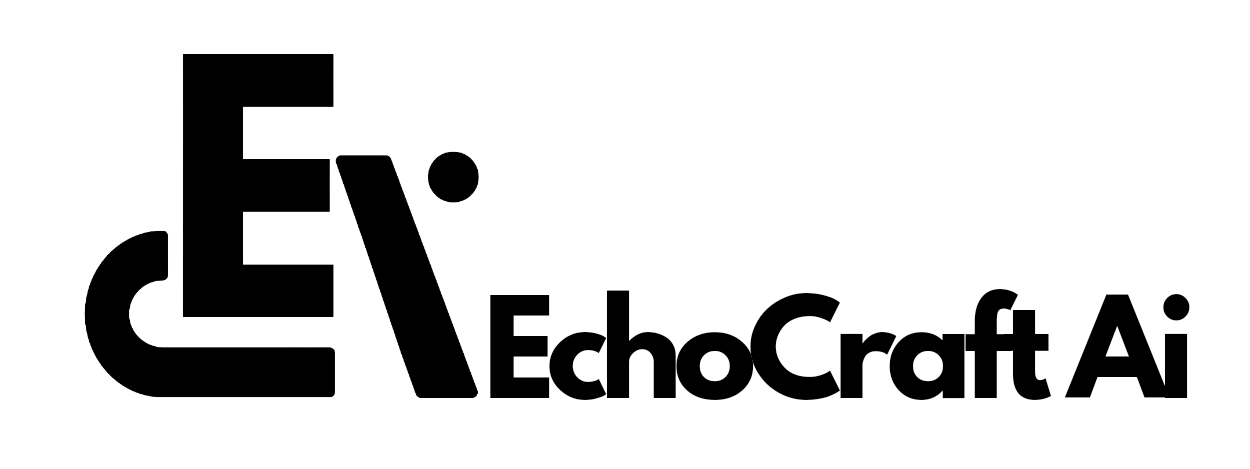OpenAI has relaunched a major update for ChatGPT, enabling users to customize the chatbot’s personality and interaction style like never before.
OpenAI officially announced the customizable traits feature one week after some users reported its sudden appearance—and subsequent disappearance—on their accounts. This suggests the feature may have gone live prematurely before its formal release.
With a revamped custom instructions menu, users can now shape how ChatGPT behaves, responds, and communicates, creating a more engaging and personalized experience.
Expanded Customization Options
The updated custom instructions interface, available on ChatGPT.com and the Windows desktop app, includes new fields for:
- Preferred Name or Nickname: Users can specify how ChatGPT addresses them.
- Professional or Personal Details: Details can be added to guide ChatGPT’s responses.
- Traits for ChatGPT: Options such as “Chatty,” “Encouraging,” or “Gen Z” allow users to fine-tune the chatbot’s tone and style.
This feature will roll out to mobile and MacOS users in the coming weeks. However, access is restricted in the EU, Norway, Iceland, Liechtenstein, and Switzerland due to regional limitations.
Comparison to ChatGPT’s Memory Feature
OpenAI clarified that the new traits system differs from the memory feature.
- Traits System: Influences ChatGPT’s tone and style using prompt engineering, without storing user-specific data across sessions.
- Memory Feature: Explicitly retains or forgets information based on user instructions for context continuity in future conversations.
Usability vs. Functionality
Early testers suggest the redesigned interface prioritizes ease of use, offering a streamlined way to set preferences.
While the underlying mechanism remains rooted in prompt engineering, the improved layout simplifies experimentation with various chatbot personas.
Moderation and Ethical Considerations
To prevent misuse, OpenAI applies moderation to all user inputs in the custom instructions menu. This aligns with OpenAI’s ethical framework and ensures adherence to the platform’s terms of use.
Customization Beyond Communication
The new feature allows users to blend stylistic and professional identities into ChatGPT’s interactions. For example:
- Businesses: Create an “empathetic advisor” for customer service.
- Creative Users: Develop a “youthful innovator” for brainstorming sessions.
This dual focus on functionality and personality positions ChatGPT as both a professional tool and an emotionally resonant assistant.
Integrating Traits with Multi-Modal Features
Future expansions could enhance ChatGPT’s multi-modal capabilities. For instance:
- A “Gen Z” persona might combine slang-heavy text with vibrant visuals.
- Professional personas could adopt formal tones with structured layouts.
Such integrations could make interactions more immersive and tailored.
Accessibility and Inclusivity
Custom traits could improve accessibility by:
- Supporting neurodiverse users with calmer, slower-paced tones.
- Addressing language barriers with simplified or region-specific communication styles.
This innovation underscores OpenAI’s commitment to making AI tools more inclusive.
Ethical and Social Implications
While personalization is appealing, it raises potential concerns:
- Bias Reinforcement: Custom traits might unintentionally propagate stereotypes.
- Harmful Personalization: OpenAI must ensure safeguards against misuse while preserving user autonomy.
Striking this balance remains a critical focus as the platform evolves.
Driving Innovation Through Feedback
OpenAI’s phased rollout and active engagement with user feedback highlight its iterative development approach. Suggestions from users are expected to influence future enhancements, such as expanding trait libraries or integrating with external AI tools.
A Broader Move Toward Personalization
This update follows recent developments like live web search and the “Canvas” interface for creative projects, reflecting OpenAI’s effort to deepen ChatGPT’s utility. With over 300 million weekly users, the platform is scaling rapidly to meet diverse needs.

